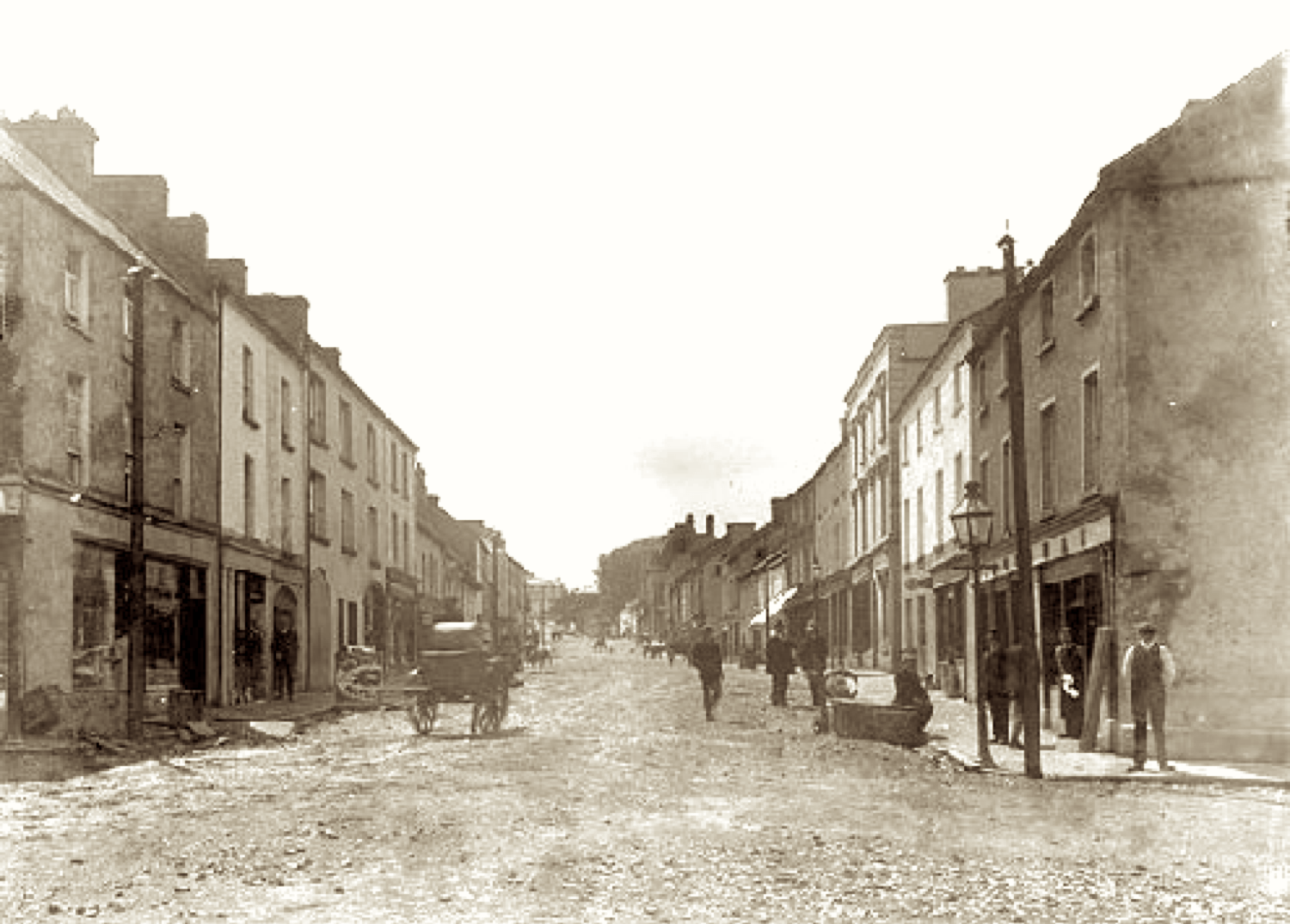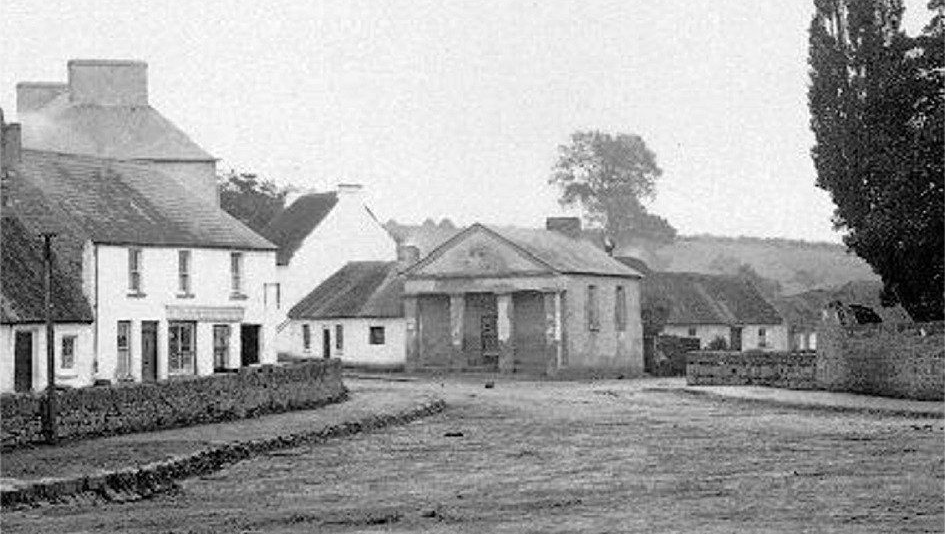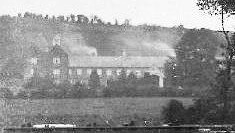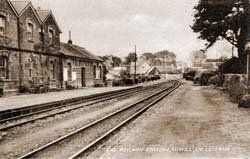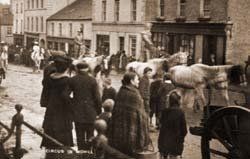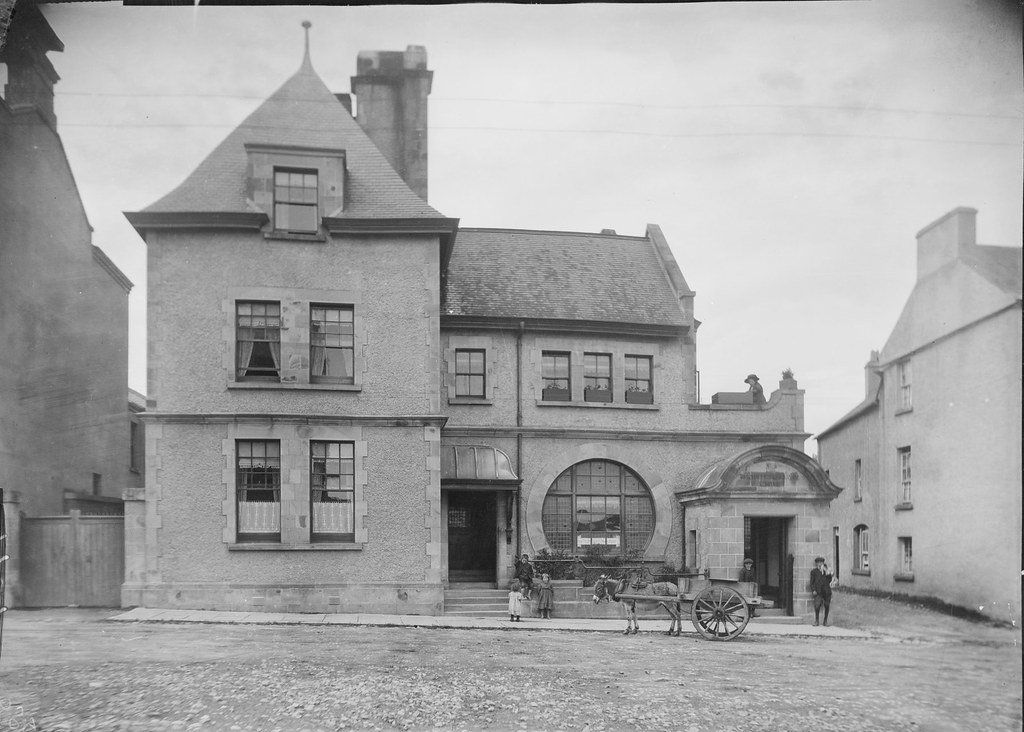Mohill: a thriving town
Mohill: a thriving town
Part of a series of articles published in the Leitrim Observer in summer 2020.
'1870: a Society in Transition' looked at the Ireland of 150 years ago as it emerged from the Great Famine.
Part of a series of articles published in the Leitrim Observer in summer 2020.
'1870: a Society in Transition' looked at the Ireland of 150 years ago as it emerged from the Great Famine.
In the 20 years from 1841-61, the population of Mohill parish dropped by over 40%, from 17,918 to 10,363, and the town of Mohill lost nearly a third of its population, dropping from 1,626 to 1,123. Yet the economic activity in the town changed little during this same period. Mohill’s economic resilience is recorded by Slater’s Directory, published in 1846, 1856 and 1870. The directories list the trades and businesses in the town and how they changed through the decades.
A prosperous, stirring market town
A prosperous, stirring market town
Just five or six years after the Famine, Slater’s Directory described Mohill as a prosperous, stirring market town whose principal trade was in ‘corn, provisions and yarn’. On the face of it, the Famine had had little impact on the number of businesses in the town. Instead of eight drapers and haberdashers, only six were listed, and one of the two boot and shoemakers had gone; but there was one new baker, butcher, leather dealer and nail maker, and two additional Spirit & Porter Retailers, bring the total number of pubs to seven. Most of the town’s shops and businesses had survived including Turner’s printing, the apothecary and three hotels and posting houses.
Remarkable economic development and growth
Remarkable economic development and growth
While these businesses demonstrated how life was indubitably improving for some, many workers continued to earn low wages, and the manual jobs on offer in Mohill town were not well paid. Carters employed to build and repair carts were mostly illiterate and paid a shilling a day plus a dinner of some boiled bacon, potatoes, cabbage and a mug of tea. Servants too were often offered little more than room and board, and there were many of them. In the 1871 census, 13% of those who listed an occupation, identified as servants. And although somewhat later, the detail in the 1901 census shows that of the 173 households in Mohill town, 44 (25%) had servants, many as young as fourteen and fifteen.
As well as the traders, there were a number of professionals offering services including three attorneys and four agents or commissioners, two constables and a bank manager, William C. Anderson, for the new Northern Banking Co. that had opened on Main Street. There were four physicians, four school teachers and ten people employed in the workhouse. In Hyde Street, the Post Master, William McDonald, managed the arrival of letters at 6:50 in the morning and at 1:40 in the afternoon, and their despatch at 10:50 each morning and at 7:00 each evening. With the opening of the Dublin-Sligo Midland Great Western Line in 1862, public transport was available to Dromod railway station every morning at 10:55.
A prospect 'quite unknown and less appreciated’
A prospect 'quite unknown and less appreciated’
There were also regular social events like the Mohill Races, held in May each year. While some of these holidays were marred by fights, others were peaceful events when the extra police brought in for the day could join in the festivities. And they drew large crowds. The first event of the annual races, the Mohill Traders’ Plate, carried a prize of thirty sovereigns and would attract a ‘vast concourse of people’ spread out across the hills of Boeshill and Coolabawn. From these vantage points, the spectators had a perfect view of the racecourse below and of the surrounding countryside stretching as far as Lough Rynn. On 2 May 1867, a Leitrim Advertiser journalist reported his contentment as ‘a prospect presents itself to the eye seldom to be seen in other parts of Ireland yet quite unknown and less appreciated’.
